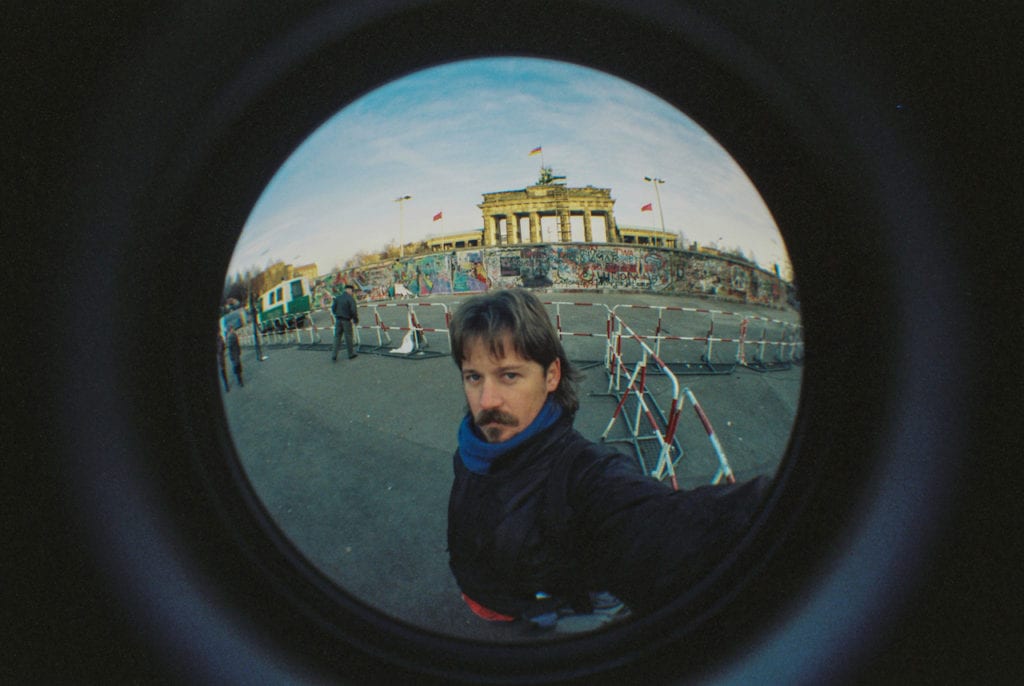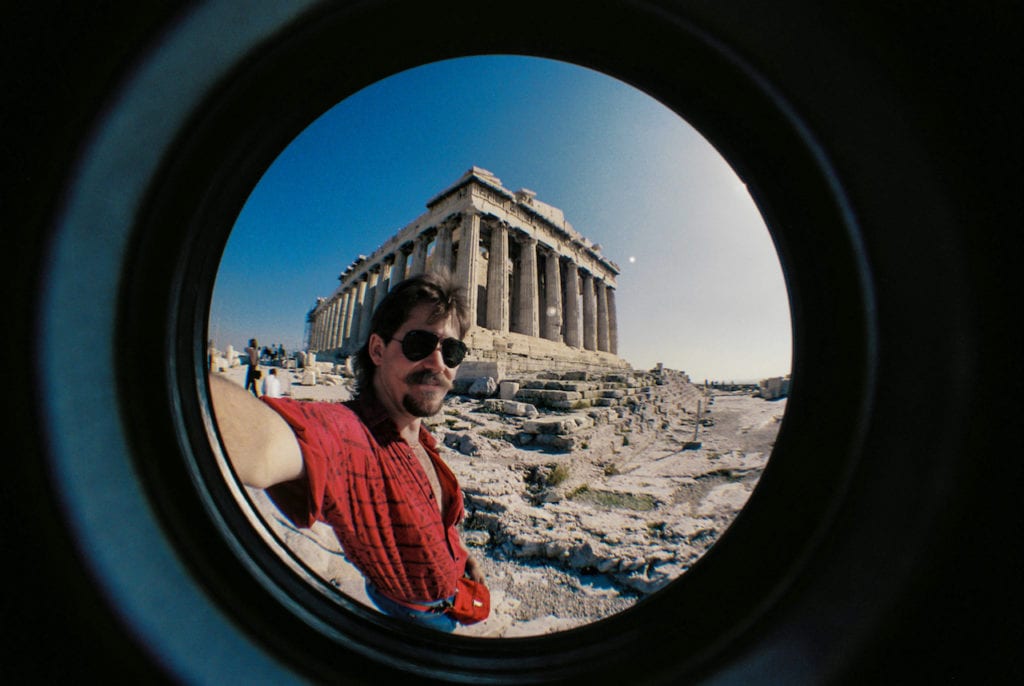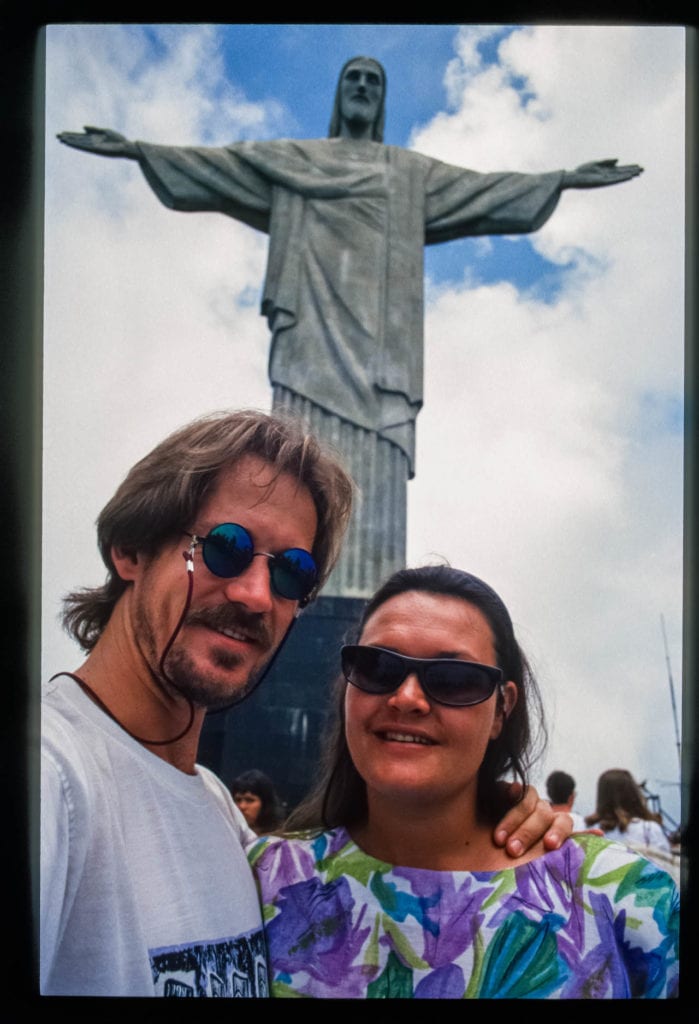To coincide with Portrait of Britain 2020, British Journal Photography considers the modern-day phenomenon that democratised self-portraiture forever
Portrait of Britain is an award celebrating the many faces of modern Britain, giving photographers the chance to have their work displayed to millions across the UK in the nation’s biggest photography exhibition. Enter now
—
“You painted a naked woman because you enjoyed looking at her, put a mirror in her hand and you called the painting ‘Vanity’,” wrote John Berger in Ways of Seeing. In 2019, visual artist Alice Skinner etched the words onto an interpretation of Botticelli’s Venus — but in Skinner’s version, Venus is caught photographing herself with an iPhone.
Human vanity has morphed through any number of manifestations over the centuries: from the Neolithic emergence of the mirror to the meteoric rise of makeup in the 19th century; the iPhone’s once novel front-facing camera to Instagram’s now inescapable selfie culture. But many fear, in light of the latter – with over 93 million selfies a day being shared on Android devices alone – that this last decade seals a point of narcissism overdrive for humanity. Indeed, the New York post once even went as far as to link the selfie to the “greater global calamity of Western decline”.
In any case, in an age spent swiping through the carefully-curated images of our romantic prospects as we queue for our morning coffees, it is disconcertingly easy to forget that self-portraiture was ever an inaccessible concept to your typical human. Let alone post-production. In 2017, “selfie editor” app FaceTune, designed to render Photoshop-style retouching easy to just about anyone, was Apple’s most popular paid app. Conceived in 2013 – the same year “selfie” was named Word of the Year by the Oxford English Dictionary — the first edition of FaceTune has, to date, sold over 10 million copies.

But where exactly did this fascination with documenting — and over time, manipulating, curating — the self really begin? Numerous outlets and publications have sought to answer this question in recent years. The BBC traces the oldest-existing photographic selfie back to 1839: a 30-year-old man named Robert Cornelius, who captured the image outside his lamp shop in Philadelphia. Fast forward 75 years to 1914 and Grand Duchess Anastasia Nikolaevna of Russia, the Emperor’s youngest daughter, can be seen orchestrating a “mirror selfie” aged 13. In a letter to her father, she wrote: “I took this picture of myself looking at the mirror. It was very hard as my hands were trembling.”
Celebrities followed suit some decades later. Before the days of the Kardashians, the likes of Frank Sinatra and George Harrison are in fact seminal examples of photographic self-portraits emerging in popular culture. But as for the term “selfie”? It is widely reported to have first been recorded in 2002. On a social forum, an Australian man named Nathan Hope posted a hazy webcam shot of his cut lip: “Sorry about the focus,” he writes. “It was a selfie”.

South African-born photographer Mark Pautz, however, disputes this particular moment in photographic history. “I started shooting analogue in the era before ubiquitous computers and social media,” says Pautz. “On my travels to obscure and remote archaeological sites around the world, postcards, letters and photographs were the only way to share your experiences with family and friends.” Since Pautz mostly travelled alone, he spent the 1980s and 90s developing a technique to capture images of himself: “By trial and error,” he recalls, “I learned how to frame self-portraits with my SLR.”

Quite what a feat this was in Pautz’ heyday might be inconceivable to a teenager today. “I’d fit either a 24mm or ‘fisheye’ lens, with the aperture to at least f8 for good depth of field,” he explains. “Facing the feature, I’d set the shutter speed, exposing for the skin on my left hand. I’d then find a nearby object, an arms length away, and fix the focus on that. Turning the camera to face me, I’d frame the photograph by looking at the reflection coming off the curve of the lens. Then you hope for the best and see if it worked when you get the film processed weeks later.”
That the term “selfie” possesses an “-ie” suffix is often cited as indicative of its Australian origins. The same suffix, however, is widely employed in Pautz’ native country of South Africa — and indeed, Pautz has video footage in which he throws the term around with his wife as early as the 1990s. “I’m not sure whether it was my wife or me who came up with the term ‘selfie’ as a shorter way of saying ‘self portrait’,” says Pautz, whose interest in self portraiture hails from his grandmother’s work in hand-tinting studio portraits through the mid-20th century. “It’s likely to have been me during my lonely year on the road in Europe.”
Pautz’ analogue selfies — of which he possesses a vast and impressive collection — were “the only way for me to get confirmation that I actually visited that spot,” he remarks. In other words, the images weren’t intended to be narcissistic or self-aggrandising. Which can still be true of selfies today.
Selfies are a chronicling of the here and now, continuously expanding the ways we communicate. The vast ocean of selfies engulfing 21st century photographic culture may be of little interest to art critics and curators today, but in many years to come, it will offer an illuminating record of how we lived.
Beyond pure vanity, selfies can foster powerful and immediate social interactions between people on opposite sides of the world: joy, humour, intimacy, closeness. For better or worse, the selfie has become a momentous genre in its own right — and, unlike any other genre in photographic history, one not created by artists.
Portrait of Britain is a nationwide photography award celebrating the many faces of modern Britain. Enter now for the chance to be exhibited to millions across the UK.
—
